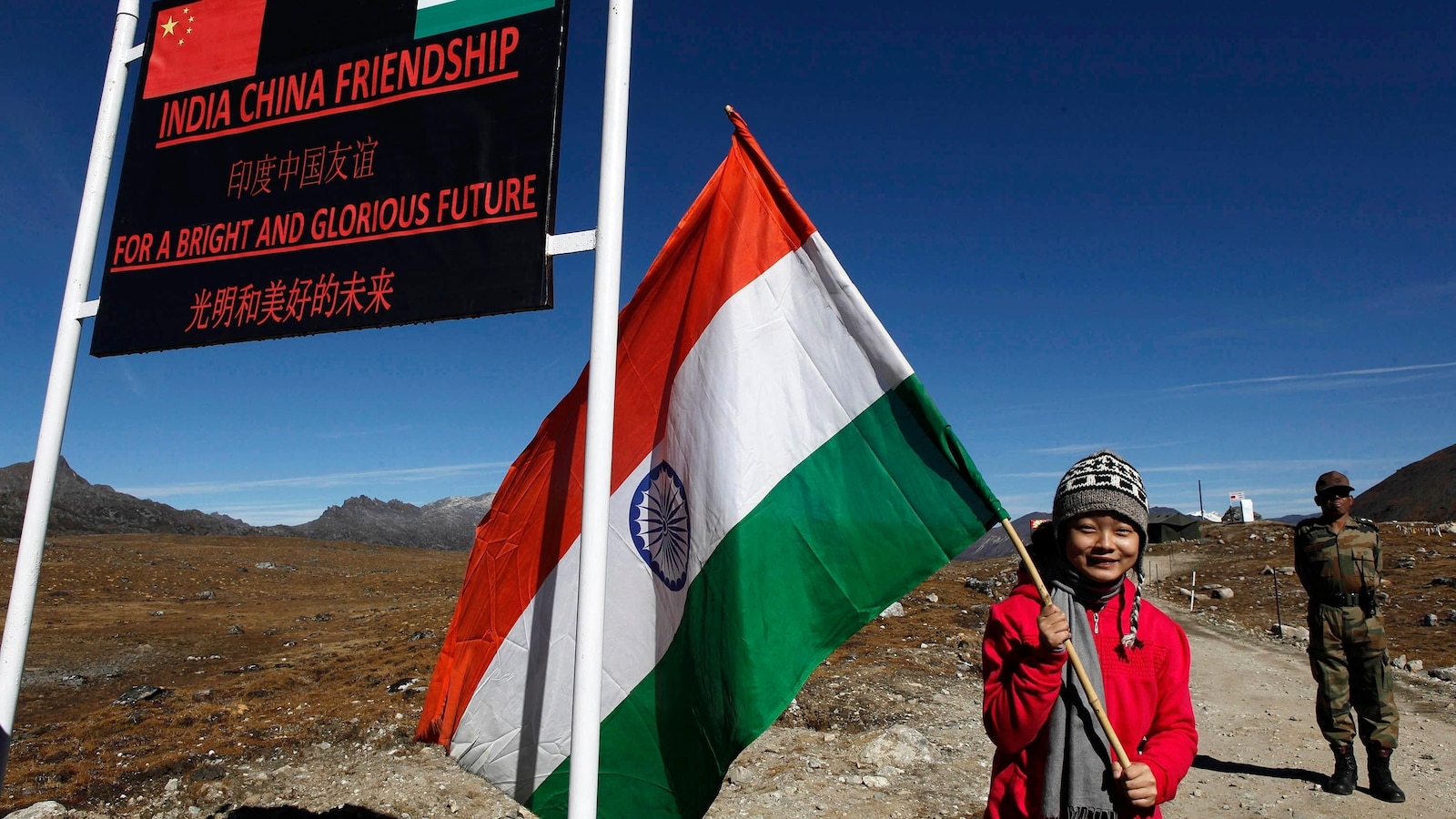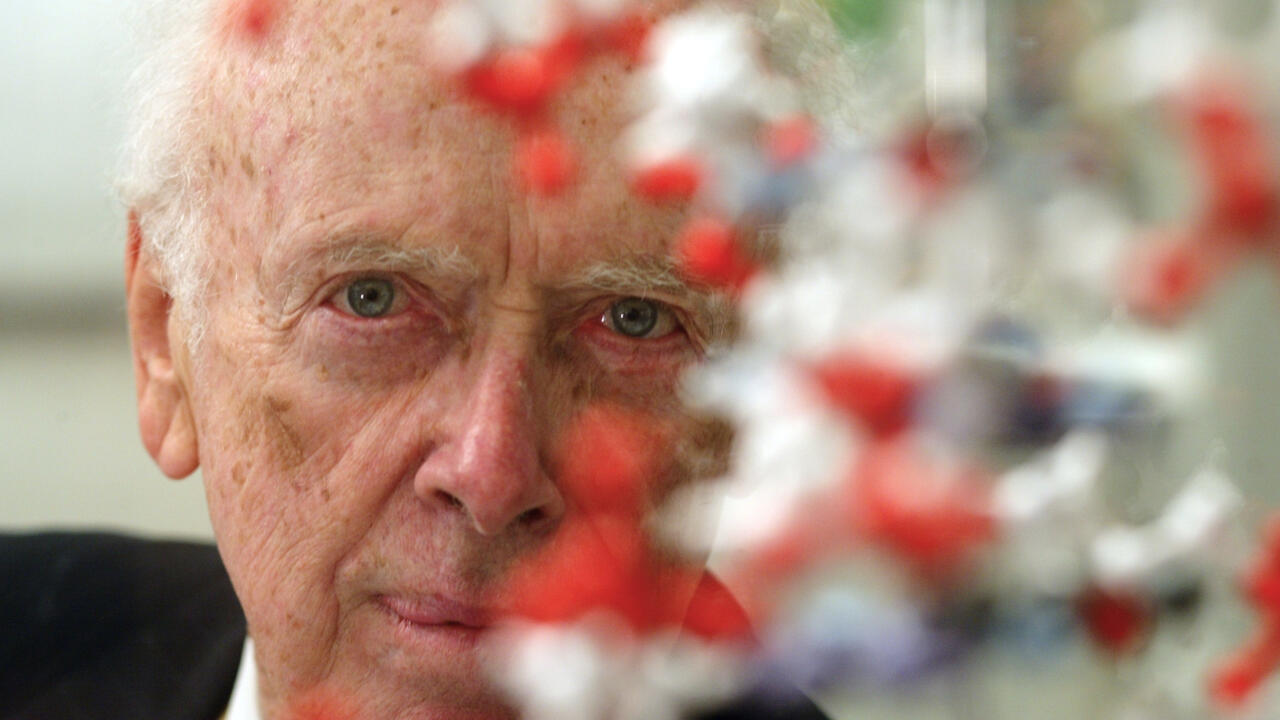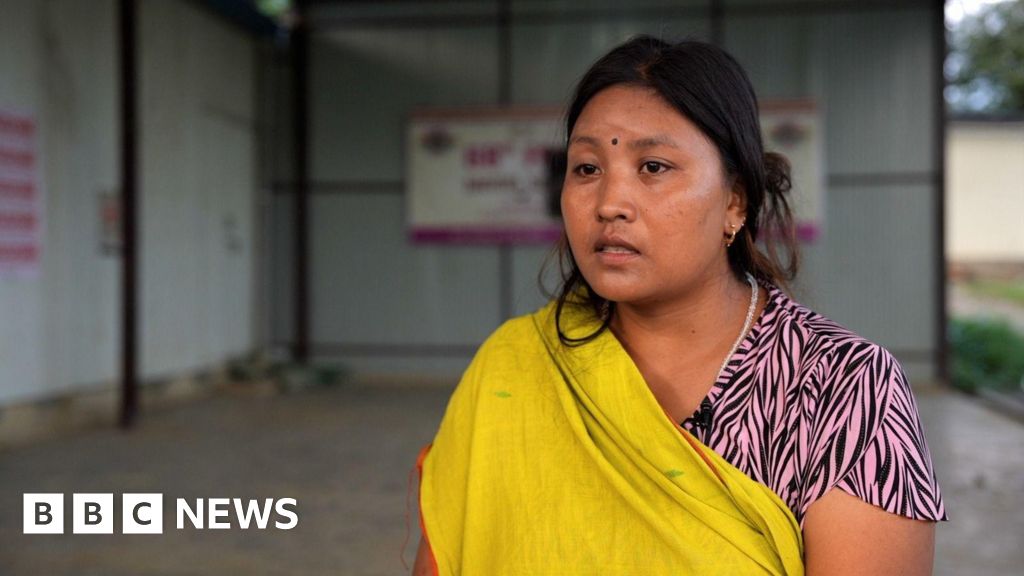 On 10 October 2025, thousands of Palestinian families are moving along the coastal road back to northern Gaza, amid the extreme devastation of infrastructure. Credit: UNICEF/Mohammed Nateel
On 10 October 2025, thousands of Palestinian families are moving along the coastal road back to northern Gaza, amid the extreme devastation of infrastructure. Credit: UNICEF/Mohammed NateelUNITED NATIONS, November 26 (IPS) - In recent years, global conflicts have grown increasingly brutal, with deaths and injuries caused by explosive weapons now surpassing those from previous leading causes such as malnutrition, disease, and a lack of healthcare services. As these conflicts intensify, children continue to bear the brunt of the casualties while impunity for perpetrators persists and funding gaps exacerbate the lack of critical protection services.
On November 20, Save The Children issued a report titled Children and Blast Injuries: The Devastating Impact of Explosive Weapons on Children, 2020–2025, detailing the intensifying threat of explosive weapons to children across 11 contemporary world conflicts. Drawing on clinical studies and field research, the report examines the impact of pediatric blast injuries in healthcare settings and calls on the international community to prioritize investment in prevention and recovery efforts.
“Children are paying the highest price in today’s wars – not only at the hands of armed groups, but through the actions of governments that should be protecting them,” said Narmina Strishenets, the leading author of the report and the Senior Conflict and Humanitarian Advocacy Advisor at Save the Children UK. “Missiles are falling where children sleep, play, and learn – turning the very places that should be the safest, like their homes and schools, into death traps. Actions once condemned by the international community and met with global outrage are now brushed aside as the ‘cost of war.’ That moral surrender is one of the most dangerous shifts of our time.”
The report highlights the precarious conditions in which children in war zones live. Children are uniquely vulnerable to injuries from explosive weapons as their bodies are far less developed and resilient than adults. Additionally, healthcare, rehabilitation, and psychosocial support services are underfunded and more commonly designed with adults in consideration, leaving children disproportionately left without access to tailor-made and adequate care.
Figures from Save The Children show that children are far more likely to succumb from blast injuries than adults, particularly from head, torso, and burn injuries. Compared to adults, children under seven are roughly two times as likely to suffer from “life-limiting brain trauma”. Furthermore, approximately 65 to 70 percent of injured children received severe burns to multiple parts of their body.
“Children are far more vulnerable to explosive weapons than adults. Their anatomy, physiology, behaviour, and psychosocial needs make them disproportionately affected,” said Dr. Paul Reavley, a consultant pediatric emergency physician and the co-founder of the Pediatric Blast Injury Partnership, a collaborative effort between medical personnel and Save The Children UK.
Reavley added, “Many do not survive to reach hospital, and those who do face a higher risk of death than adult civilians in any health system. They often suffer multiple severe injuries that require complex treatment and lifelong care. Yet most health responses to conflict are designed for adults, overlooking children’s distinct needs. Survivors face chronic pain, disability, psychological trauma, and stigma that can last a lifetime.”
According to the report, explosive weapons are causing unprecedented levels of harm to children as wars increasingly move toward densely-populated urban areas, with these weapons accounting for a record 70 percent of nearly 12,000 children killed or injured in conflict zones last year. More than 70 percent of child deaths and injuries in war zones in 2024 resulted from explosive weapons, marking a significant increase from the 59 percent recorded between 2020-2024.
These increases highlight a shift in how children are being targeted in modern conflicts. Save the Children identified five key factors driving this change: the rise of new technologies that amplify destruction, the normalization of civilian harm in military operations, the widespread lack of accountability, the unprecedented severity of child casualties, and the long-term social costs of explosive violence.
The deadliest conflicts for children in 2024, based on deaths and life-threatening injuries, occurred in the occupied Palestinian territory, where 2,917 children were affected, followed by Sudan with 1,739 children, Myanmar with 1,261 children, Ukraine with 671 children, and Syria with 670 children. The majority of these casualties were caused by explosive weapons. Additionally, children account for roughly 43 percent of all casualties from mines and other forms of unexploded ordnance, which plague farmland, schools, and homes across the world for decades.
In the last two years, Save The Children has recorded a “dangerous erosion of protection norms” for children in conflict zones, with funding shortfalls and the scaling back of civilian harm mitigation and response mechanisms endangering the lives of millions of children around the world. Of the USD 1 billion pledged to mine action in 2023, only half was directed toward clearance efforts while only 6 percent supported healthcare services of victims and only 1 percent went toward mine risk education.
Save the Children is urging world leaders to stop using explosive weapons in populated areas, strengthen policies to protect children in conflict, and invest in support, research, and recovery for children affected by blast injuries.
The United Nations Children’s Fund (UNICEF) and its partners are working on the frontlines to provide essential, basic services that focus on promoting and protecting children’s health, survival and development, such as access to food, shelter, healthcare, and social support. UNICEF is also rehabilitating water and sanitation systems while distributing cash transfers to displaced families and mental health support and educational services for children in conflict zones.
UNICEF also supports survivors of explosive weapons-related violence by providing medical treatment, prosthetics, and psychosocial support services. Furthermore, the agency is collaborating with governments and civil society groups to strengthen protection services, particularly for children living with disabilities.
IPS UN Bureau Report
© Inter Press Service (20251126060333) — All Rights Reserved. Original source: Inter Press Service

 3 hours ago
1
3 hours ago
1










 English (US) ·
English (US) ·